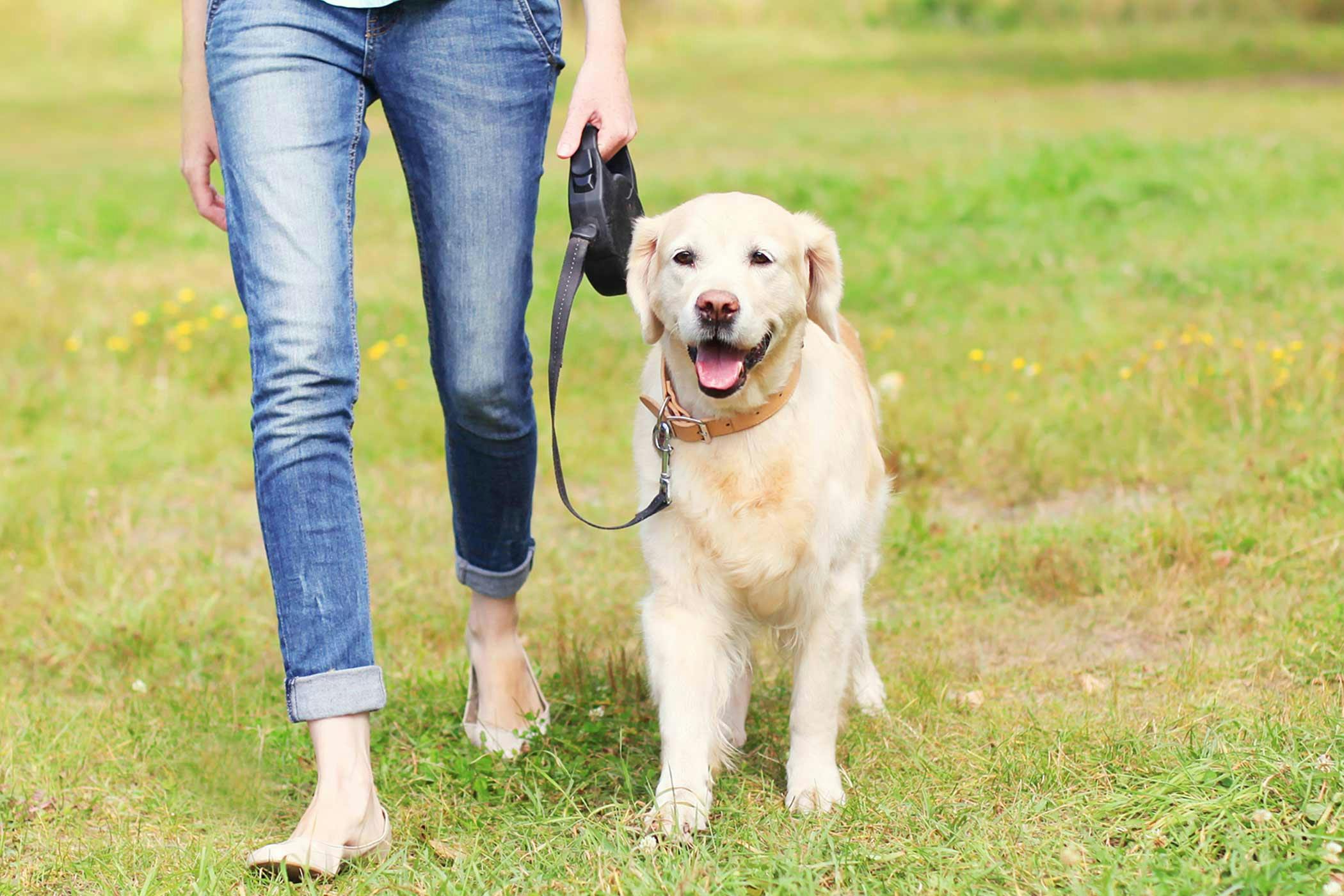Animal Shelters See Rise in Pets Abandoned After Deportations
The increasingly complex intersections of immigration policies and social welfare are beginning to reveal unexpected consequences, as illustrated by a concerning trend observed by animal shelters across the nation. **Animal shelters are experiencing a surge in rescues and surrenders of pets left behind by individuals who have been deported**, raising both practical and ethical challenges in communities.
Understanding the Issue
Animal shelters have served as a vital resource for stray or abandoned animals for decades, but recent shifts are straining their capacities in new ways. **Data suggests that deportations are linked to a notable rise in pet abandonment**, a ripple effect of broken households that goes largely unaddressed in public discourse.
The Connection Between Deportations and Pet Abandonment
Those who face deportation often do so without much warning, leaving little time to make alternative arrangements for their pets. Suddenly separated from their guardians, these animals are left in precariously unstable situations. **Key factors contributing to this growing trend include:**
Lack of alternate caretakers: Deportees, frequently without familial or community support, have no one to care for their pets once they leave.
Sudden and involuntary nature of deportation: Many individuals have only days, or in some cases hours, to organize their affairs.
Legal and logistical hurdles in rehoming: Strict regulations on pet adoption, coupled with a compressed timeline, make it nearly impossible for those affected to find new homes for their pets.
The Impact on Animal Shelters
As shelters report a surge in intakes, they face numerous operational and ethical dilemmas. The sudden influx of animals exacerbates existing challenges such as overcrowding and resource constraints.
Overcrowding and Resource Allocation
The unexpected rise in abandoned pets has led shelters to grapple with overcrowding, forcing them to stretch their limited resources even further. **Specific challenges include:**
Increased operating costs: More animals mean additional expenses for food, medical care, and shelter staff.
Space limitations: Many facilities are not equipped to handle a large, sudden increase in their animal population.
Emotional and physical stresses on existing animals: More animals mean reduced attention and care for those already in the system.
Emotional Toll on Shelter Workers
The emotional burden on shelter staff cannot be ignored. Employees and volunteers often forge emotional bonds with the animals under their care, and seeing so many animals in distress can contribute to compassion fatigue and burnout. The entire experience underscores the need for **mental health support for shelter workers**, who confront the heartbreaking realities of abandoned animals daily.
Community Response and Potential Solutions
Addressing the challenges posed by unexpected spikes in pet abandonment requires a collaborative effort between different sectors, including immigration services, animal welfare organizations, and local communities. **Several potential solutions have been proposed to combat this growing issue**:
Inclusive Policy Reforms
Policy changes that consider the welfare of pets during deportation proceedings could help alleviate the issue:
Advance notice: Providing individuals slated for deportation with more considerable notice could give them time to make arrangements.
Pet-inclusive guidelines: Immigration services could work with animal welfare groups to create systems that allow pets to remain with their owners until a new home can be found.
Increased Community Involvement
Engaging community members in pet welfare and adoption initiatives is paramount. This involvement could manifest through:
Fostering programs: Increased support for foster care during transitional periods can provide temporary homes for pets.
Awareness campaigns: Informing community members about the possibility of adopting pets from this specific background can lead to higher adoption rates.
Partnerships with Local Organizations
Forging partnerships with local organizations could facilitate more efficient handling of these situations. **Effective collaboration can include:**
Cooperating with veterinary clinics: Clinics can offer reduced rates for care, making it more feasible for shelters to take in additional animals.
Aligning with food banks and nonprofits: These collaborations may provide logistical and financial support to alleviate shelter burdens.
Conclusion: A Call to Action
The rise in pet abandonment following deportations highlights a pressing need for policy reevaluation and collaborative community support. By implementing **systemic changes and fostering community engagement**, the societal landscape can adapt to better protect these often-overlooked victims of deportation policy. As individuals and communities, we must recognize the depth of these challenges and work proactively to ensure that every pet finds a safe and loving home.
Animal shelters, struggling to keep up, are not merely facing a problem of numbers but a crisis that speaks to larger cultural and policy issues. By acting now, we can begin to address the root causes of this distressing trend and ensure a more humane response to the needs of pets and their displaced owners.








